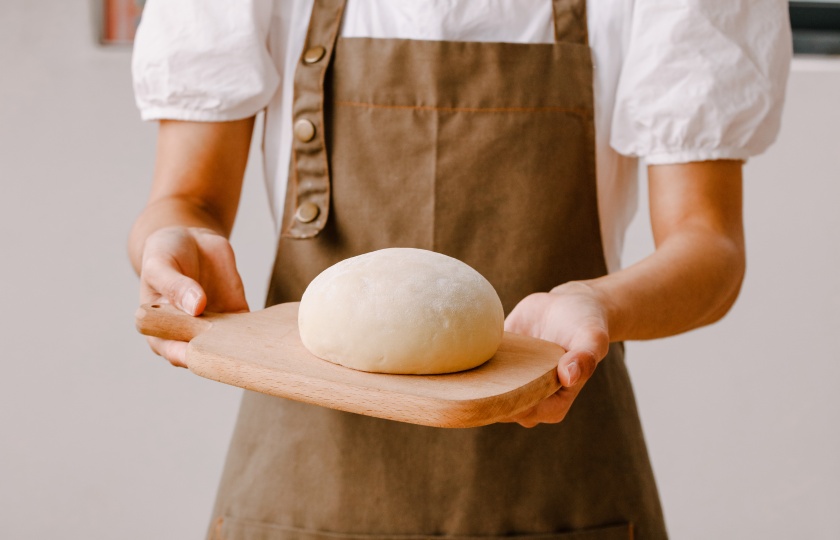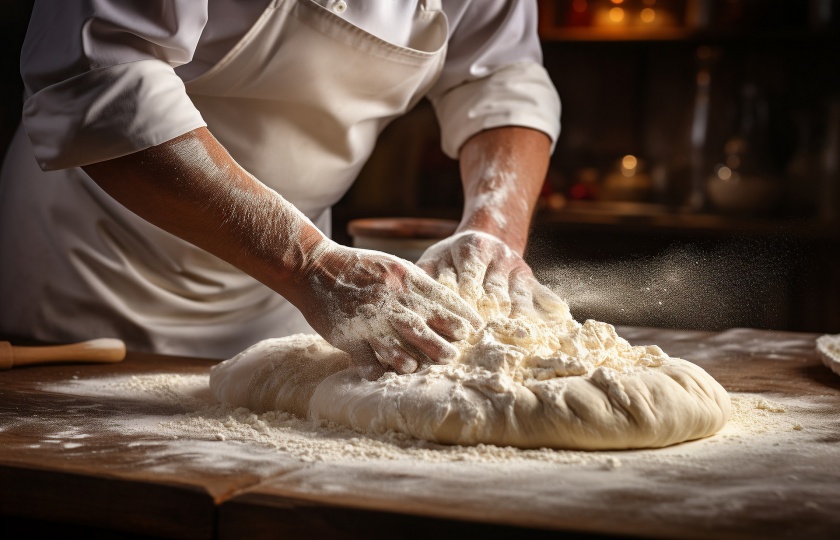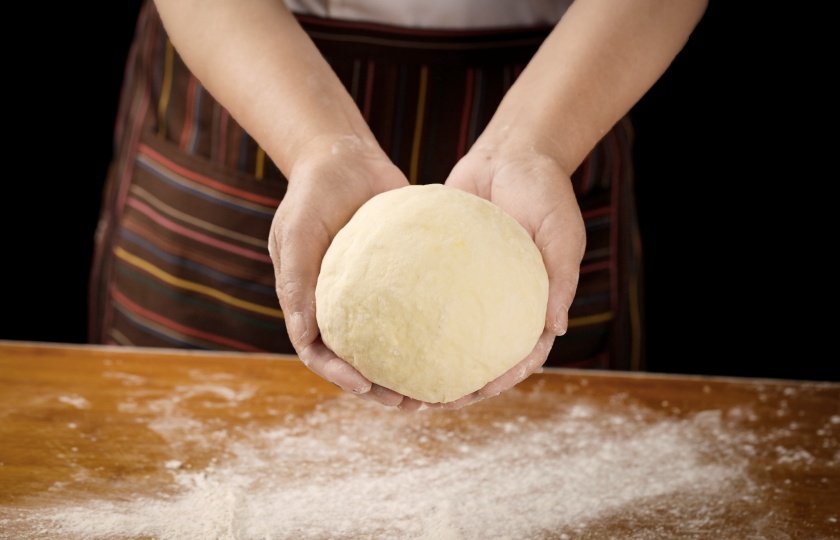Delving into Culinary Wonders: Is It Safe to Eat Dough That's Been Cooked?

When I was a child, I always liked to ask my mother, "Can cooked dough be eaten?" Looking back on this question now, I was really naive at that time. Today, I will share this interesting question with everyone!
Cooked dough can be eaten
First of all, it can be determined that cooked dough can be eaten. In terms of composition, cooked dough is made of flour and water. After being cooked, it can be eaten and there are no harmful substances. However, such dough has a relatively monotonous taste.
At the same time, since there is a lot of starch in the dough, eating too much is not conducive to digestion in the human body and may also increase the burden on the human gastrointestinal tract. Therefore, in life, I do not recommend eating cooked dough directly. You can process the cooked dough by cutting it into small pieces and cooking it with vegetables and meat.
Is it safe to eat cooked dough?
As mentioned above, we can know that cooked dough can be eaten, but the prerequisite is that your dough is made of clean ingredients and no expired or unclean ingredients are used.
If you use unqualified flour and water, then harmful microorganisms may be produced during the cooking process, which will be harmful to human health after consumption.
Can you put raw dough in the microwave?
Theoretically speaking, raw dough can be heated in the microwave, but I do not recommend doing this. There are mainly the following reasons:

Uneven heating: You should know that the heating method of the microwave is to generate heat inside the food through microwaves, which may lead to uneven heating of the food. Heating raw dough directly may cause some areas of the dough to be overheated and become dry and hard, while other areas are not cooked.
Change in taste and texture: When heating food in a microwave, the temperature is relatively high. Heating raw dough directly may damage the moisture and protein structure in the dough, resulting in significant changes in the taste and texture of the dough. In life, very few people will directly heat bread, steamed buns, etc. in the microwave.
Safety risks: You should know that raw dough contains a large amount of incompletely fermented yeast and other active substances. During microwave heating, yeast fermentation and expansion may occur, causing damage to the inside of the microwave and thus breeding harmful substances. At the same time, it may also cause safety hazards.
Is half cooked dough safe to eat?
Half-cooked dough should not be eaten, and here's why:
Indigestion: The starch in the dough is difficult for the human body to break it down when it is not cooked, and after the human body eats it, it may make the stomach burden heavier, and people may have stomach pain and diarrhea.
Food poisoning risk: When the dough is not cooked, it is easy to be affected by the surrounding environment to grow bacteria, eating semi-cooked dough may make the digestive system uncomfortable, there are nausea, vomiting, stomach pain, diarrhea, these bad symptoms, and in serious cases, it may hurt the body.
Nutrients are difficult to absorb: there are many nutrients in flour, such as carbohydrates, proteins, and many vitamins and minerals, which are important for people to live normally. When the dough is half-cooked, it's hard for the body to absorb.
Sensitive reactions of specific groups: People with poor gastrointestinal function, such as the elderly, children, and people with chronic gastritis, eating uncooked flour may make the condition worse.
What happens to dough when heated?
For different heating methods, the changes of dough are different. If the dough is heated by steaming, then the dough will slowly expand during the heating process. Because heating will make the yeast or baking soda in the dough work and produce carbon dioxide gas, making the dough soft and fluffy.

If the dough is heated by baking, then a golden hard shell will form on the surface of the dough. Because the baking temperature is relatively high, the moisture on the surface of the dough will evaporate quickly, and the Maillard reaction will occur between sugar and protein, producing an attractive color and a charred aroma.
If it is heated by boiling, then the dough will absorb a certain amount of moisture and become more firm and elastic. Like boiling dumplings, the dumpling wrapper will become slippery and very chewy.
I ate raw dough what should I do?
Uncooked food may contain bacteria. In life, if you experience mild discomfort symptoms after eating raw dough, you can try to relieve it by using physical cooling methods. For example, wipe areas such as the armpits and groin with warm water. These methods are suitable for cases of mild fever caused by eating uncooked noodles.
It can also be relieved by abdominal hot compress. A hot water bag or warm patch can be directly placed on the abdomen. It has a good effect on people with mild abdominal discomfort, but be careful that the temperature should not be too high to avoid scalding the skin.
If the symptoms of gastrointestinal discomfort worsen after eating raw dough. You can induce vomiting reflex by stimulating the throat with your fingers. In severe cases, you need to seek medical examination and take medications according to doctor's advice.























